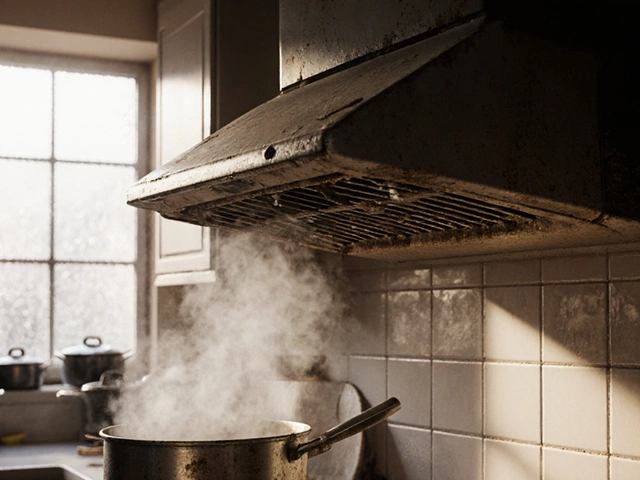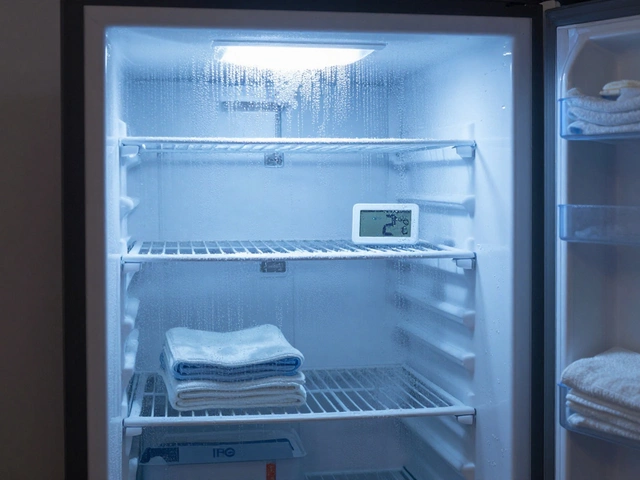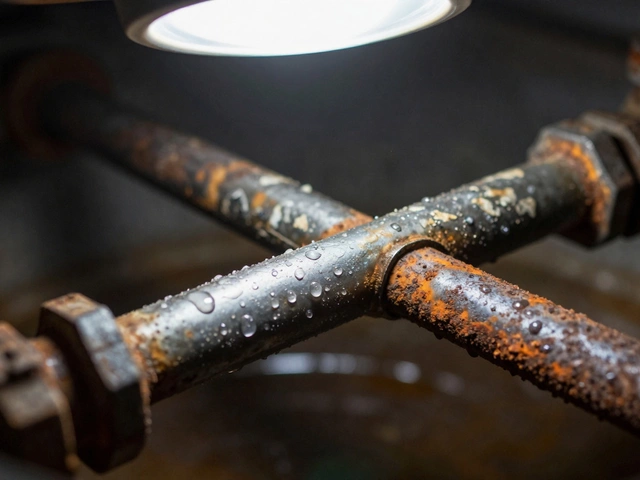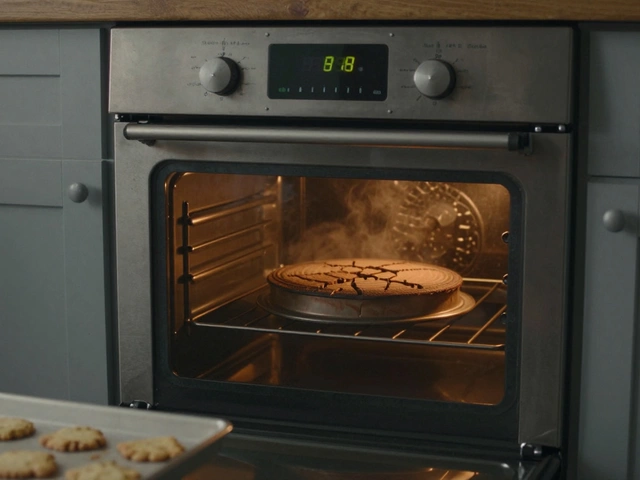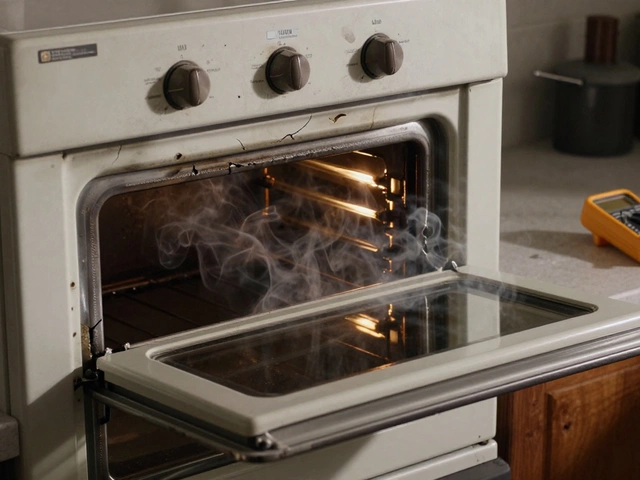Extractor fans might not be the star of your home, but they're the unsung heroes of good air quality. Whether it's in the kitchen or bathroom, these fans keep the places fresh by whisking away unpleasant odors and moisture. Now, if yours is sounding more like a dying cat than a purring machine, it might be time for a replacement.
Here's the real question though – do you grab your toolbox and get cracking, or do you dial up an electrician? The answer isn't as simple as a yes or no. It depends on your own comfort with handling electrical tasks and the specific setup of your current system.
Most extractor fans are connected to your home's electrical system. It’s not just about swapping out parts; there might be wiring involved, and that's where things can get tricky. If you've never touched a circuit before or if the idea of dealing with wires makes your hair stand on end, you're probably better off hiring a pro.
- Understanding the Basics of Extractor Fans
- Signs Your Extractor Fan Needs Replacement
- DIY vs Professional Replacement
- Safety Considerations When Replacing Fans
- How to Choose the Right Fan for Your Space
- When to Consult an Electrician
Understanding the Basics of Extractor Fans
Extractor fans are pretty critical in keeping our homes breathable and comfy, especially in moisture-heavy areas like kitchens and bathrooms. At their core, these extractor fans work by removing unwanted odors, smoke, and steam, which helps in preventing mold and keeping the air fresh.
There are two main types of fans you'll generally come across: ducted and ductless. Ducted fans are connected to a vent system that sends the air outside, while ductless fans use an internal filter to purify air and recirculate it back into the room. Each has its own pros and cons, with ducted fans being more efficient at total air removal but often requiring more installation work.
The choice often depends on your specific setup and personal preference. Think about where your fan is located and whether it’s logistically practical to install ductwork if you’re considering switching types. Also, most definitely check the fan's capacity—measured in cubic feet per minute (CFM). Higher CFM values mean more air moves, which is particularly important in larger spaces. Here's a simple guide to help you gauge what's needed:
- For bathrooms under 50 square feet: A fan with 50 CFM might suffice.
- Larger bathrooms: Aim for at least 1 CFM per square foot.
- Kitchens: You generally need a fan with a higher CFM, depending on the size and cooking habits.
Remember, an undersized fan won’t work as effectively, while oversized ones can result in needless energy use. Lastly, noise level might also be a consideration—nobody wants a fan that roars like a jet engine every time you hit the switch!
Signs Your Extractor Fan Needs Replacement
So, when do you really need to think about swapping out your extractor fan? There's a few tell-tale signs to watch for, and if you're seeing some of these, it might be time to take action.
- Strange Noises: One of the most common signals is noise. If your fan's humming turns into clanking or rattling, that's a red flag. Typically, it should run smoothly with a gentle whir.
- Bad Odors: Fans are supposed to get rid of bad smells, not create them. If you're noticing persistent odors despite a working fan, that's an indicator it's no longer operating efficiently.
- Excess Moisture: The primary role of a fan in the bathroom is to deal with humidity. If mirrors constantly fog up and moisture lingers, your fan might not be pulling its weight.
- Ineffective Airflow: Place a tissue up to it. If it’s not sticking or gets half-heartedly tugged, airflow could be lackluster.
- Age: Most extractor fans have a lifespan ranging from 5 to 10 years. If yours is edging towards that upper limit and struggling, replacement is a smart move.
Don't wait until the fan completely gives up on you. An underperforming extractor fan replacement can lead to moisture build-up, which invites mold and all other nasties.
Remember, maintenance might resolve some issues but knowing these warning signs can help you make the right call—whether DIY or calling that trusty electrician.
DIY vs Professional Replacement
Let’s get into the nitty-gritty of whether you should try a DIY extractor fan replacement or call in an electrician. It’s not a simple choice, and there's plenty to consider.
If you're handy and have conquered home projects before, doing it yourself could save you some cash. But, it's not just about taking out screws and swapping parts. You need to be comfy dealing with electrical connections too. Not feeling it? That’s a strong indicator you should call a professional.
Here’s a quick rundown of what tackling this DIY project involves:
- Switching off the main power supply—safety first!
- Removing the old fan, which could include unscrewing it and disconnecting wires.
- Attaching the new fan—a process that’s the reverse of removal, but with caution over wire connections.
- Ensuring proper sealing and alignment to avoid leaks or inefficiency.
Thinking about cost? On average, hiring a professional electrician might set you back between $100 to $300, depending on complexity. Plus, they bring peace of mind and usually a guarantee on their work. DIY fan install might seem cheaper, but factor in tools, your time, and maybe a bit of stress if things go sideways!
Consider this: A poorly installed fan can lead to bigger issues like electrical hazards, reduced air quality, or a voided warranty on the fan. Professionals make it look easy because they know all the ins and outs.
Here's a look at a simple comparison:
| Factor | DIY | Professional |
|---|---|---|
| Cost | Low - medium (tools and time) | Medium - high ($100-$300) |
| Skill Required | High, especially comfort with wiring | Expertise without worry |
| Time | Varies (hours to complete) | Quick (often within an hour) |
| Risk | Higher (depends on your know-how) | Low (handled by experts) |
So, what's your pick? Will you roll up your sleeves and dive in, or play it safe and let the pros handle your home ventilation dilemma?
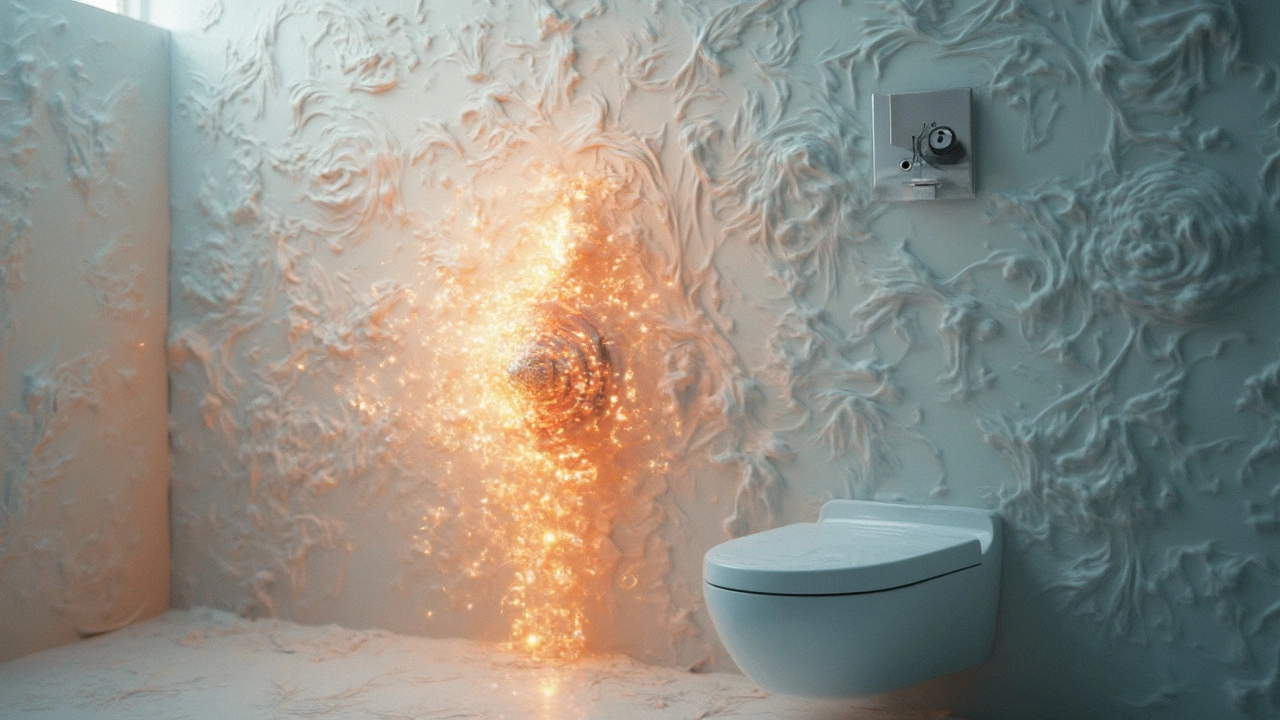
Safety Considerations When Replacing Fans
Replacing an extractor fan isn’t just about swapping out one fan for another; it involves some electrical know-how. First off, you need to ensure the electricity is turned off at the mains before you do anything. Seriously, it’s a must-do. You don’t want an unexpected jolt when you're halfway through the job.
You might think, "I’ve got this," but even if you’re pretty handy with tools, things can go south if you're not careful. That’s because electrical installations, even for something like a DIY fan install, can have hidden surprises. Black, green, and white wires? One wrong move, and you might end up damaging your new fan or causing a short circuit.
Always double-check the existing wiring setup. Sometimes, homes have unique wiring systems that might not match the usual DIY fan install guides. If the wire colors or configurations look off, it might be time to pause and call in a professional.
One more tip: Ensure the fan you’re installing is the right size and meets the ventilation requirements for your space. A fan that's too powerful for a small bathroom can suck out heated or cooled air, making your heating or air conditioning work harder. Not quite cost-effective, is it?
Consider the fact that newer models often have more safety features, so it might be worthwhile to invest in a modern upgrade that’s energy-efficient and safe. Check if your house’s ventilation system complies with local building codes – some regions have specific rules about ventilation and fan installations.
How to Choose the Right Fan for Your Space
Choosing the perfect extractor fan for your bathroom or kitchen isn't just about looks. It's more about the specs that match your space's needs. But don't worry, it's easier than picking wallpaper.
First thing, check the fan size. A quick rule of thumb is to know the volume of the room - multiply the width, length, and height. Then, pick a fan that can handle at least eight changes of air per hour. For instance, if your room's volume is 250 cubic feet, you'll need a fan with a capacity of at least 2000 cubic feet per hour.
Next, think about noise. The last thing you want while cooking or relaxing is a roar overhead. Look for the 'sone' rating on the fan. A rating around 1 or 1.5 is pretty quiet - as quiet as a library.
Consider the power source and wiring. If your old fan was electric, you'll need the new one to be the same to match your setup without reworking everything. And if you're not comfortable, this might be a good point to call your friendly electrician.
- Location: Where the fan will be installed - wall or ceiling?
- Energy Efficiency: Check for eco-friendly models that could save on your power bill.
- Features: Want an automatic humidity sensor? It's worth considering.
Still wondering how big a difference these stats make? Here's a quick breakdown:
| Fan Capacity (CFM) | Ideal Room Volume (cubic feet) |
|---|---|
| 50 | 400 |
| 100 | 800 |
| 150 | 1500 |
By focusing on these factors, you'll not only improve air quality but also enhance your living space without unwanted noise or sky-high energy bills. So next time you're at the store, armed with this info, you'll know exactly what kind of DIY fan install you're looking at!
When to Consult an Electrician
Tackling an extractor fan replacement might seem doable, but there are situations where you should consider calling in an electrician. Dealing with electricity is no joke, and ensuring everything is safe and up to code can save you a ton of headaches down the line.
First off, if the wiring looks foreign to you or if you spot any damage in the wiring during an inspection, that's a good sign to call for expert help. Messing with damaged or incorrect wiring can lead to shorts or, worse, fires. Yikes!
If your DIY install skills end at assembling flat-pack furniture, think twice before diving in. Fans that connect directly to the electrical grid require a solid understanding of circuits and safety protocols. If you've got zero experience with electrical work, it's time for a pro to step in.
Let's talk about building codes. Many local regulations require specific standards for ventilation in kitchens and bathrooms. An electrician ensures that everything ticks those boxes, so you don’t end up with problems if you sell the house or get an inspection.
Got an unusual setup or an older home? It might not have the same wiring standards as more modern buildings. An electrician can pinpoint what you need and make the necessary adjustments. They’ve got the training to handle different scenarios safely.
Saving a few bucks by doing it yourself isn't worth the risk if it endangers your home. A reliable electrician provides a quick, safe, and code-compliant installation, offering peace of mind along with functioning home ventilation.




